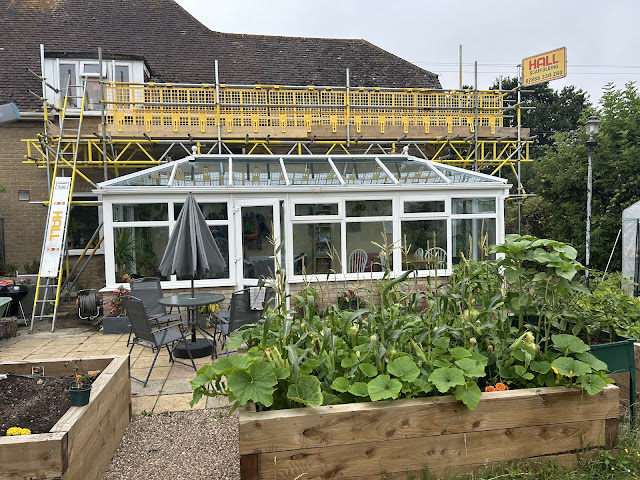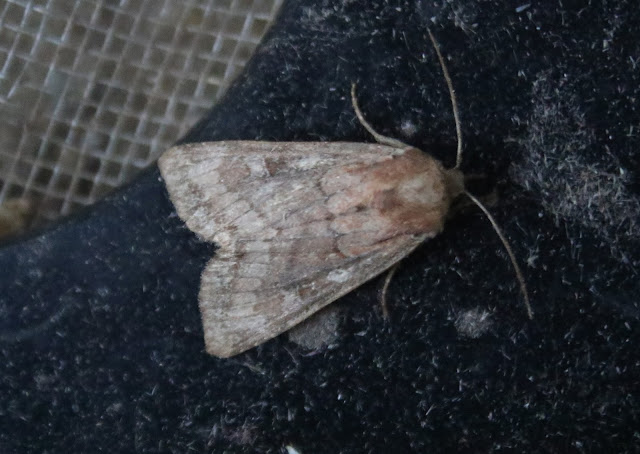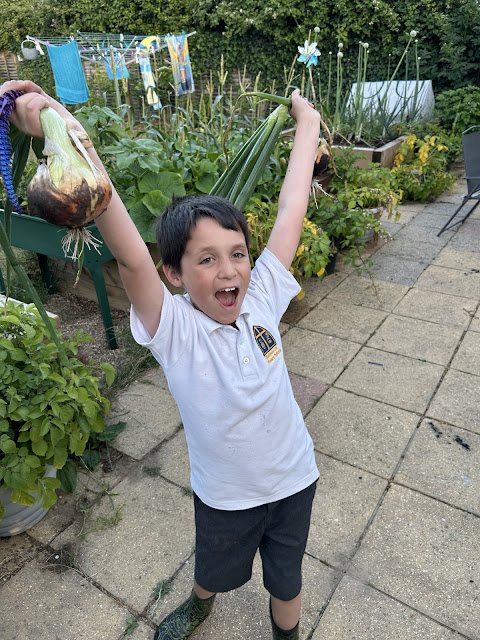Monday, 30 June 2025
Weekend round-up
Come and stay at Little Oak Lodge
Holly's AirBnB Hippy-chic Caravan is now up and running with lots of bookings. All are welcome to book. Bring the moth trap and a great place to be based to explore the birds and wildlife of the Selsey Peninsula with short walking distances to Pagham Harbour RSPB and the Medmerry trail to Medmerry RSPB Nature Reserve.
As it's all new with introductory pricing it's cheap as chips and accepting single night only stays too.
Saturday, 28 June 2025
More moth mig- the classic collection and more and some birds
Friday, 27 June 2025
Moth mig
About 300 moths last night of approx 78 species with a nice little haul of migrants. As hoped for, the migrants that arrived in the south west and tightly on the local coast recently seem to have now moved inland a bit- seems to be the pattern here, where we get migrants a day or two after the initial arrival.
22 Elephant Hawkmoths in the trap too! Also single Poplar and Eyed Hawkmoth.
Garden moth list now on 535 and 363 for the year.
Thursday, 26 June 2025
Steady week
Sunday, 22 June 2025
Small Marbled, Bordered Straw, Migrants and Micros
With temperatures up to around 30 C by day and 18 C by night with a south easterly wind and the Summer Solstice too, this weekend has, as hoped for, been a cracking little moth weekend.
It wasn't really until last night that the moth migration picked up. Not quite up to the Southwest standards where there has been some very heavy insect immigration, highlights here included a nice Small Marbled (high on the wish list), a Bordered Straw, Small Mottled Willow, Diamond-backs, Rusty-dot and European Corn Borers. There's also been a few nice dispersives and the odd bit attracted to the Pheromones too.
Now on 524 for the Lodge and 342 for the year.
I've been listening out for Crossbills in the mornings but no luck yet. Amy Robjohns had some moving over Portsmouth yesterday which isn't far away. The Cuckoo was calling again this morning and yesterday I had Curlew and Oystercatcher going over the garden calling too. Suddenly Grey Wagtail has appeared again and going over calling several times a day. I had a Coal tit singing from the neighbours conifer in the week.



























































